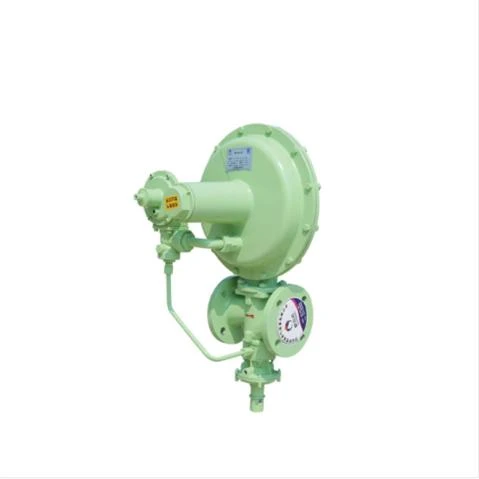
Dec . 24, 2024 10:31
Back to list
محطة تخفيض ضغط الغاز الطبيعي
Understanding Natural Gas Pressure Reduction Stations
Natural gas is one of the most prevalent energy sources used globally, powering homes, industries, and vehicles. However, before it reaches the end-user, natural gas is transported through an extensive network of pipelines, which often operate under high pressure. To ensure safety and efficiency, the gas needs to be reduced to suitable pressure levels for distribution and consumption. This is where natural gas pressure reduction stations come into play.
What is a Natural Gas Pressure Reduction Station?
A natural gas pressure reduction station (PR station) is a facility designed to lower the pressure of natural gas transported through pipelines. High-pressure gas typically enters the station from a transmission pipeline. The function of the PR station is to reduce this high pressure to a much lower level, making it suitable for distribution to local networks and ultimately to customers.
.
A typical pressure reduction station consists of several key components 1. Incoming Pipeline This is where high-pressure natural gas enters the facility. 2. Pressure Control Valves These valves control the flow of gas and reduce its pressure. They can be adjusted automatically based on the demand or manually for maintenance. 3. Safety Equipment This includes relief valves, which are crucial for preventing excess pressure build-up that could lead to an explosion. Other safety components may include emergency shut-off valves and gas detection systems. 4. Regulators These devices maintain the output pressure at a stable level, ensuring that the gas is delivered safely and efficiently to the distribution network. 5. Outgoing Pipeline After the gas has been processed and its pressure reduced, it flows out of the station through a lower-pressure pipeline for distribution.
محطة تخفيض ضغط الغاز الطبيعي

Importance of Pressure Reduction Stations
The role of pressure reduction stations is vital for several reasons - Safety High-pressure gas poses significant hazards, including risks of leaks and explosions. Pressure reduction stations mitigate these hazards by ensuring that gas is at a safe pressure before it reaches consumers. - Operational Efficiency By regulating pressure, these stations enhance the efficiency of gas distribution networks, allowing for better management of supply and demand. - Environmental Protection Lowering pressure helps in controlling emissions and minimizing the risk of gas leakage, contributing to overall environmental sustainability. - Consumer Satisfaction Ensuring consistent and reliable gas pressure levels leads to a better end-user experience, whether it’s in heating, cooking, or industrial applications.
Considerations for Design and Operation
When designing and operating a pressure reduction station, several factors must be taken into account - Capacity Requirements The station must be designed to handle the maximum expected flow rate and pressure variations based on consumer demand. - Location The placement of a PR station is crucial for efficiency and safety. It should be easily accessible for maintenance while being situated away from densely populated areas to minimize risks. - Regulatory Compliance Operators must adhere to strict regulations and safety standards governing the construction and operation of pressure reduction stations, ensuring that they meet industry best practices.
Conclusion
Natural gas pressure reduction stations are essential components of the gas distribution network. By safely reducing high-pressure gas to manageable levels, they not only ensure the smooth flow of energy to consumers but also play a crucial role in maintaining safety and efficiency in the energy sector. As the demand for natural gas continues to grow, the importance of these stations will only increase, highlighting the need for ongoing innovation and adherence to safety standards in their design and operation. Understanding the function and significance of pressure reduction stations helps in appreciating the complex processes involved in delivering natural gas to our homes and businesses.
Latest news
-
Safety Valve Spring-Loaded Design Overpressure ProtectionNewsJul.25,2025
-
Precision Voltage Regulator AC5 Accuracy Grade PerformanceNewsJul.25,2025
-
Natural Gas Pressure Regulating Skid Industrial Pipeline ApplicationsNewsJul.25,2025
-
Natural Gas Filter Stainless Steel Mesh Element DesignNewsJul.25,2025
-
Gas Pressure Regulator Valve Direct-Acting Spring-Loaded DesignNewsJul.25,2025
-
Decompression Equipment Multi-Stage Heat Exchange System DesignNewsJul.25,2025

